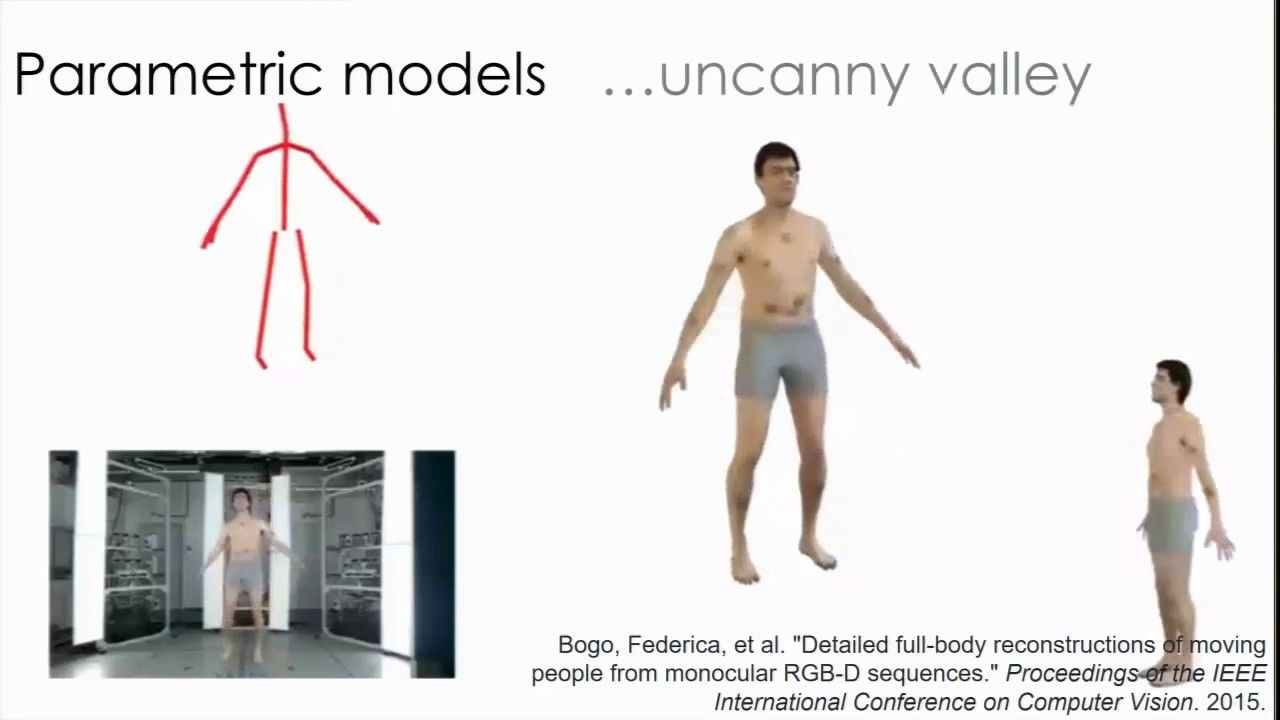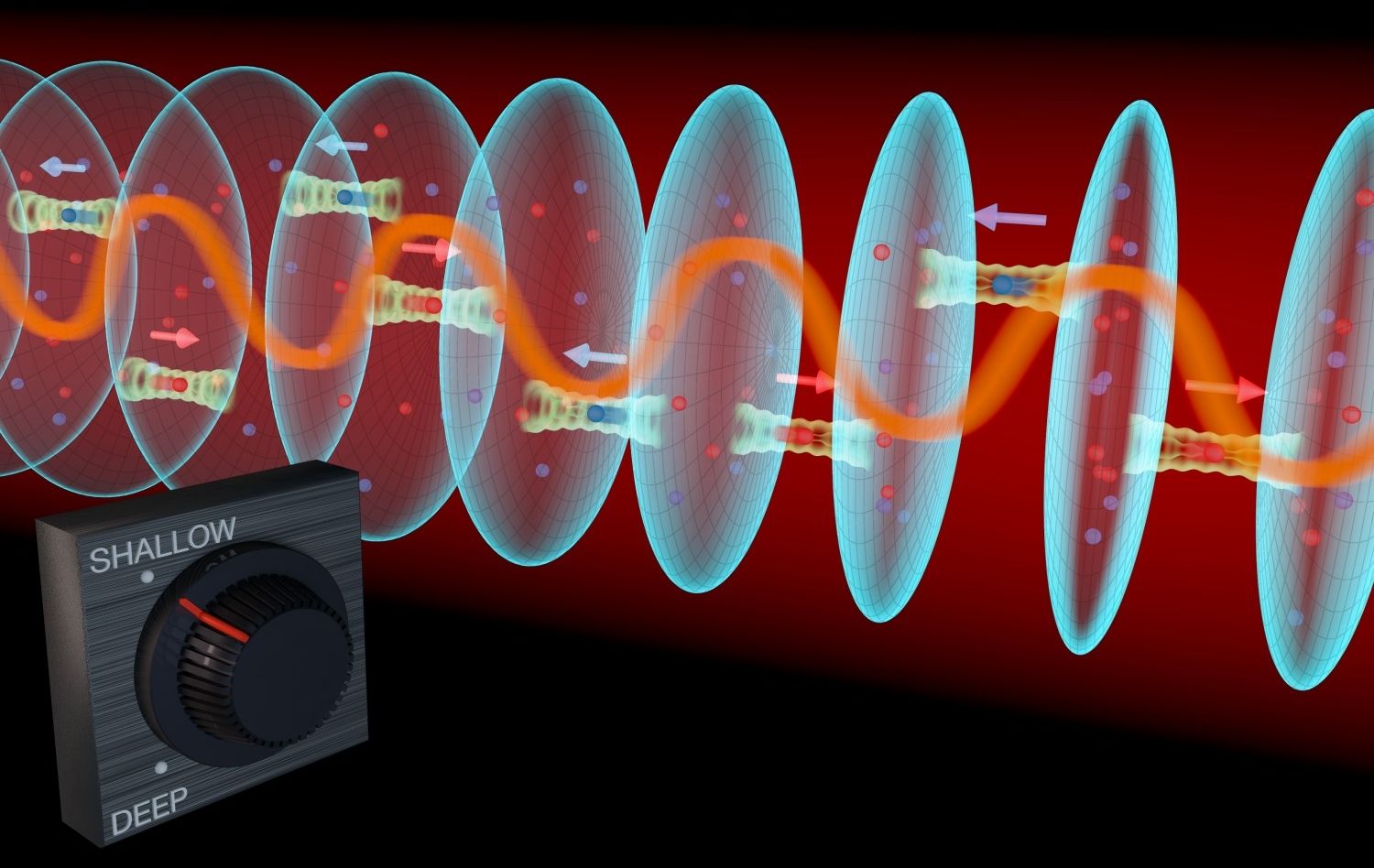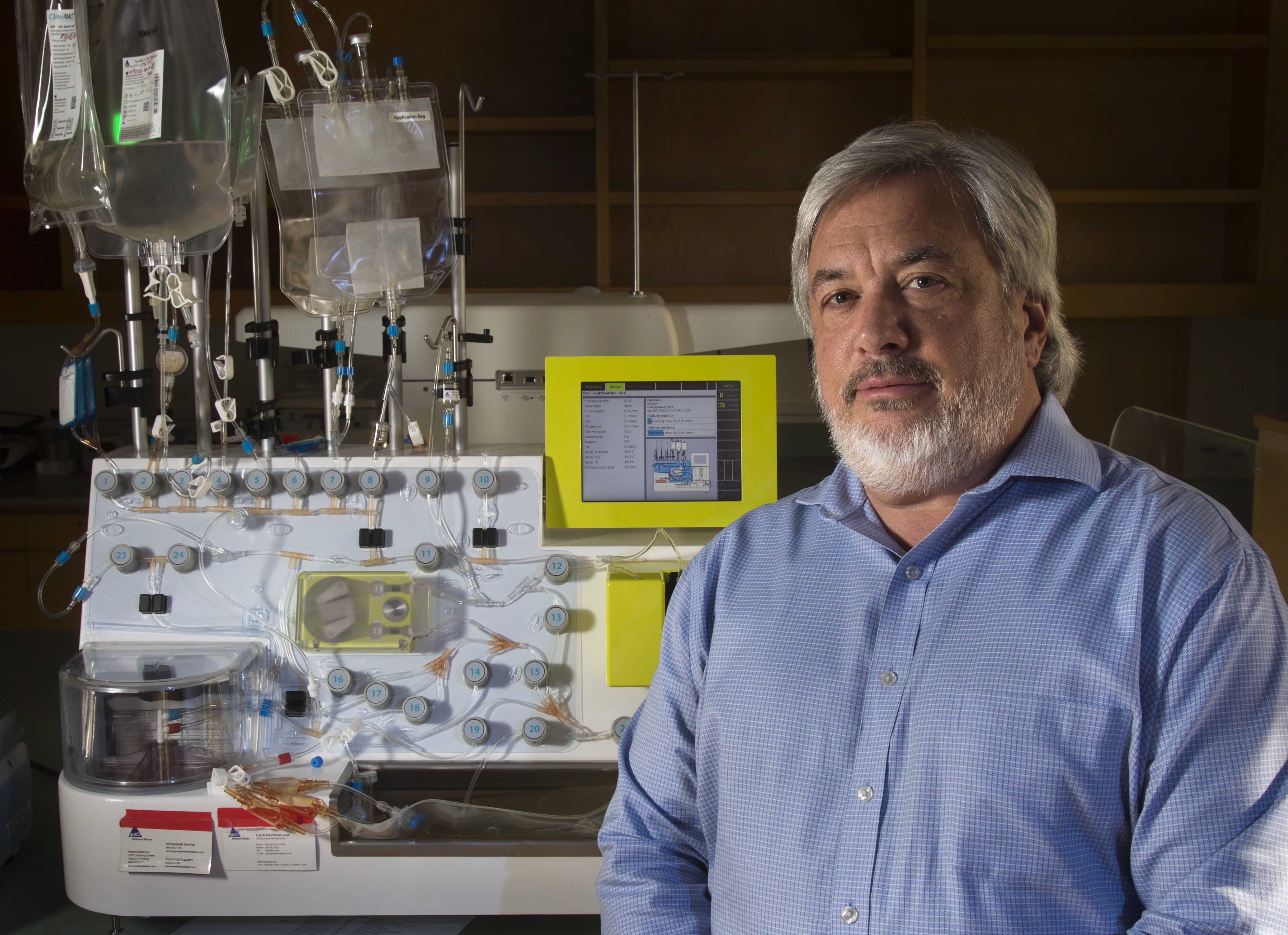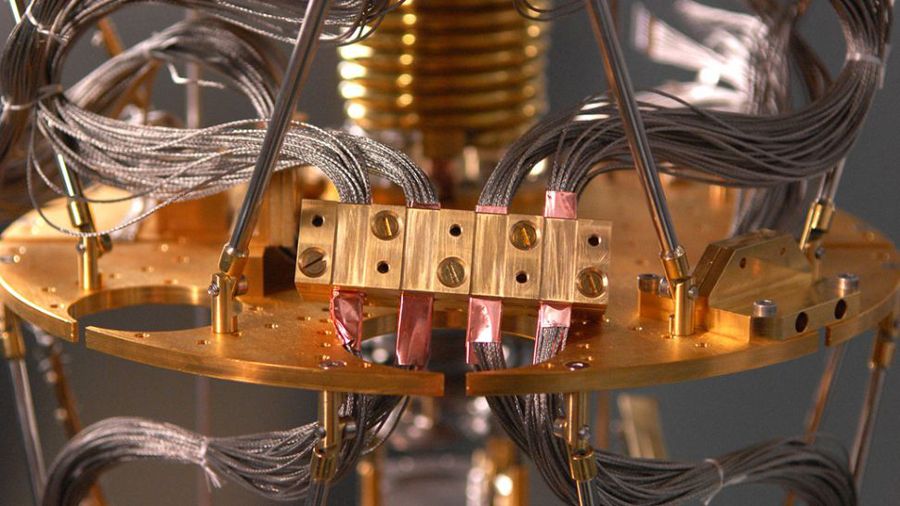Dec 21, 2016
Microsoft gives a detailed presentation on Holoportation at the ACM’s Special Interest Group on Computer-Human Interaction UIST ‘16 symposium
Posted by Klaus Baldauf in categories: augmented reality, computing
In March this year Microsoft unveiled their new project – Holoportation, which they envision as the future of teleconferencing.
Holoportation is a new type of 3D capture technology that allows high quality 3D models of people to be reconstructed, compressed, and transmitted anywhere in the world in real-time. When combined with mixed reality displays such as HoloLens, this technology allows users to see and interact with remote participants in 3D as if they are actually present in their physical space.
















